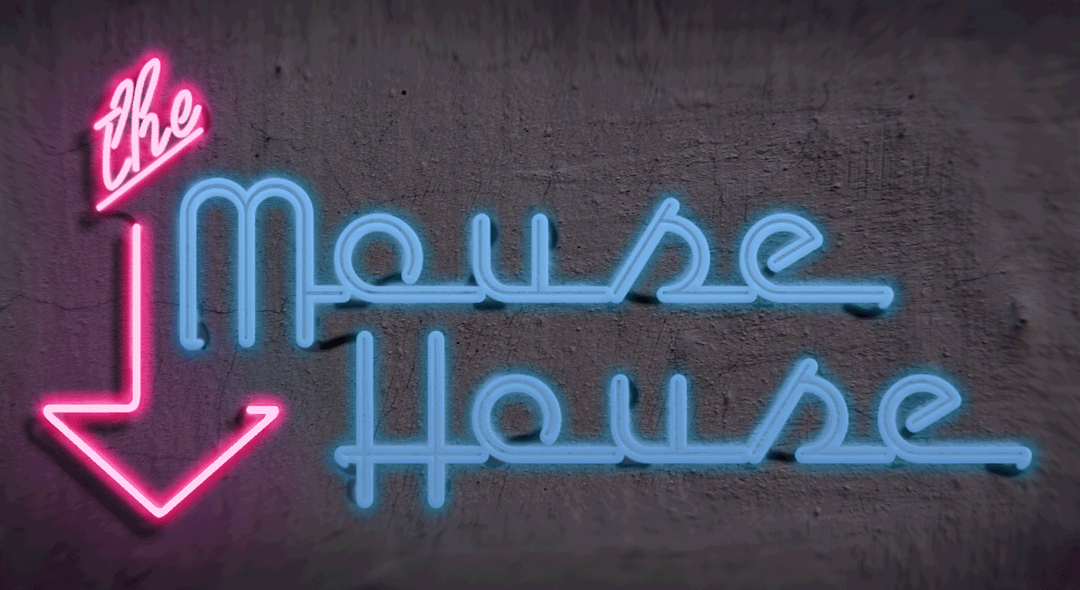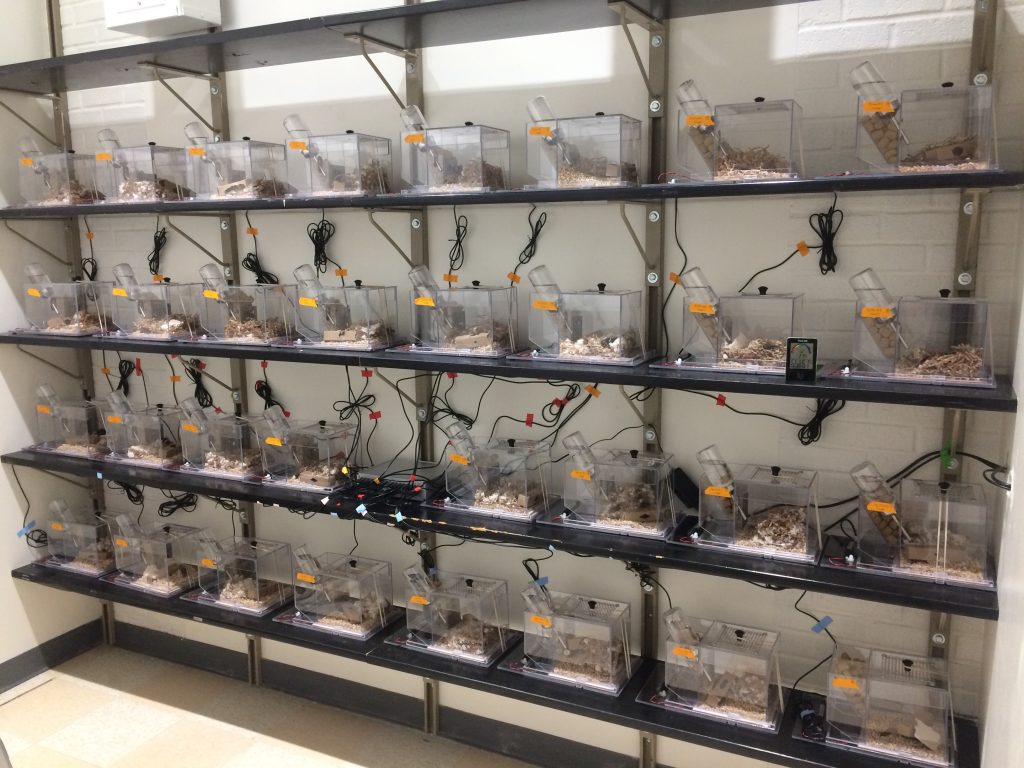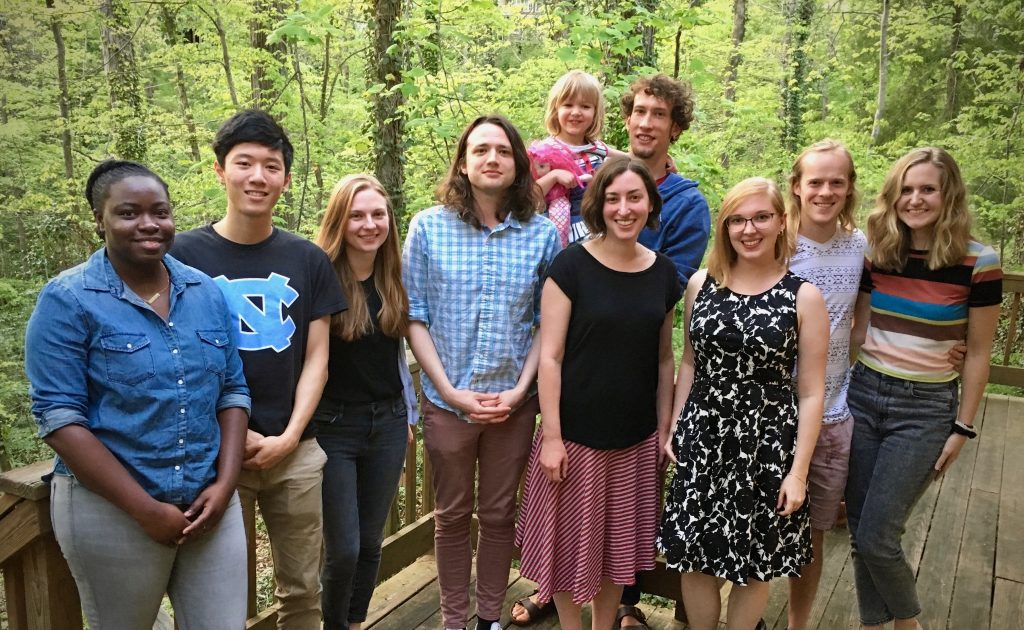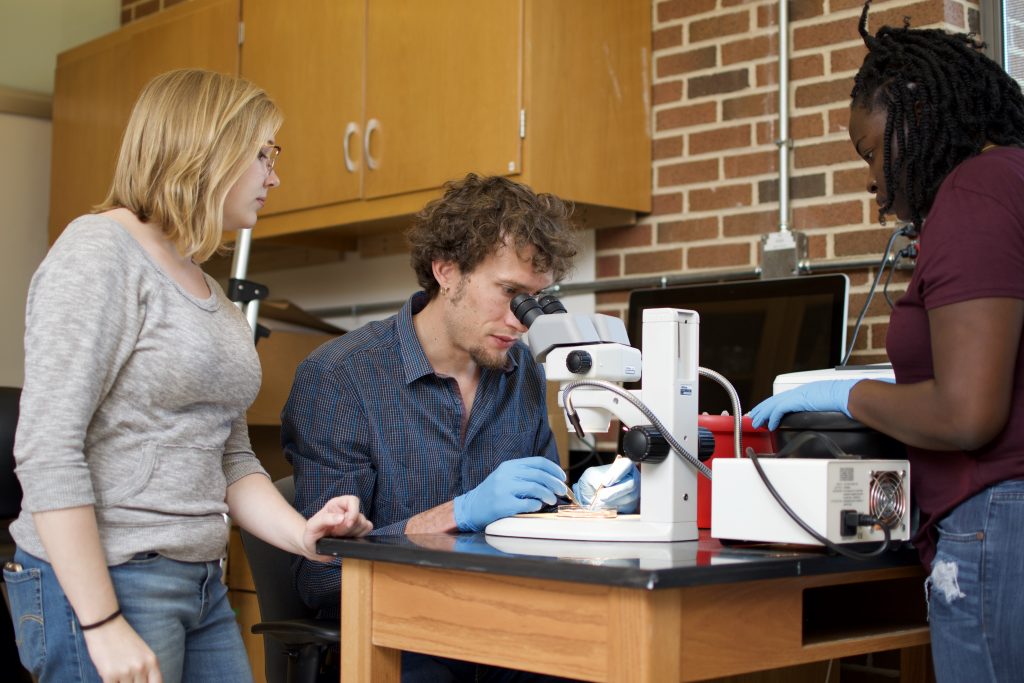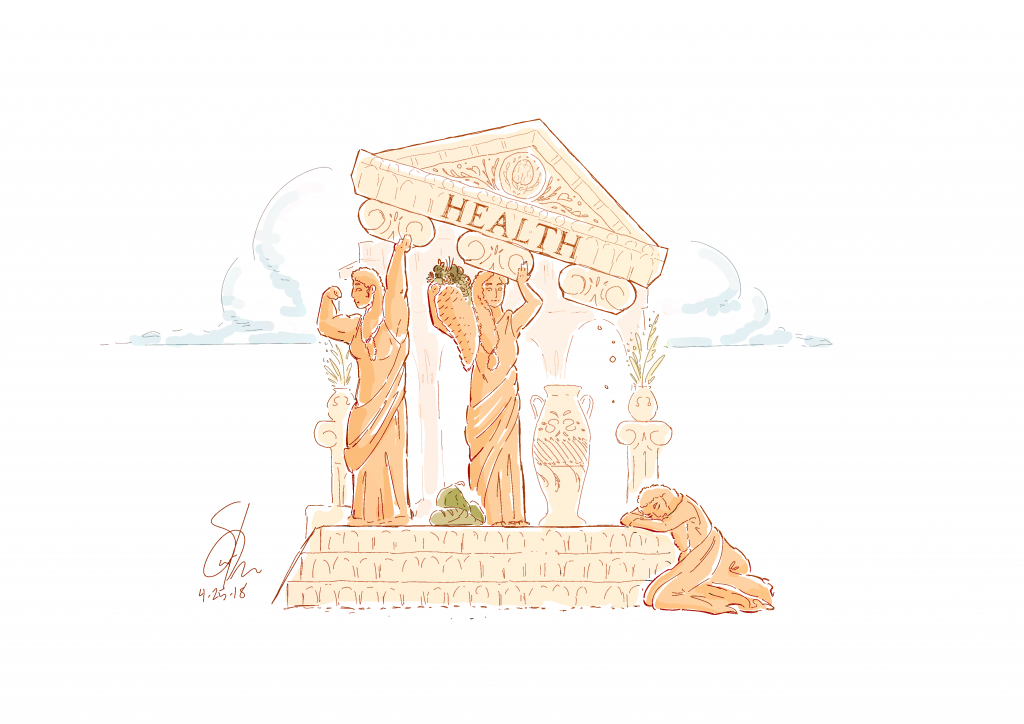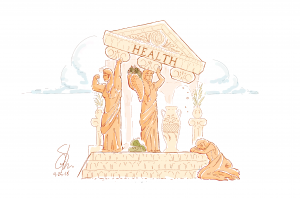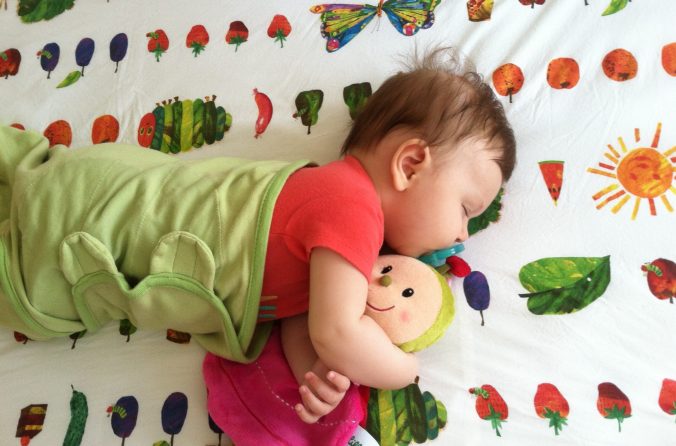Welcome to the Mouse House! Our brand-new, upscale mouse hotel has 32 private suites available spread out across four floors in scenic Chapel Hill, North Carolina. Stay with us and you’ll receive 24/7 room service featuring a mouth-watering menu of rodent pellets, manzanita stick chews for all your malocclusion-prevention needs, and a design-it-yourself nesting kit with only the softest nestlets and crinkle paper on the market!
Ok, so it’s not really a hotel… But we are so excited that our mouse satellite facility is finally complete! This facility will allow us to monitor the sleep behavior of up to 32 mice at a time through the non-invasive PiezoSleep system, which uses vibration strength and frequency to score whether or not a mouse is sleeping.
Through this system, we hope to better understand how sleep phenotypes differ in various mouse strains. We are particularly interested in learning more about the sleep phenotypes of mouse models of autism spectrum disorder (ASD), and at what stage in development these mice begin to exhibit sleep disturbances. Understanding this will shed light on how a lack of sleep may be contributing to symptoms of ASD, and how best to develop novel therapeutics to treat ASD by targeting sleep.
